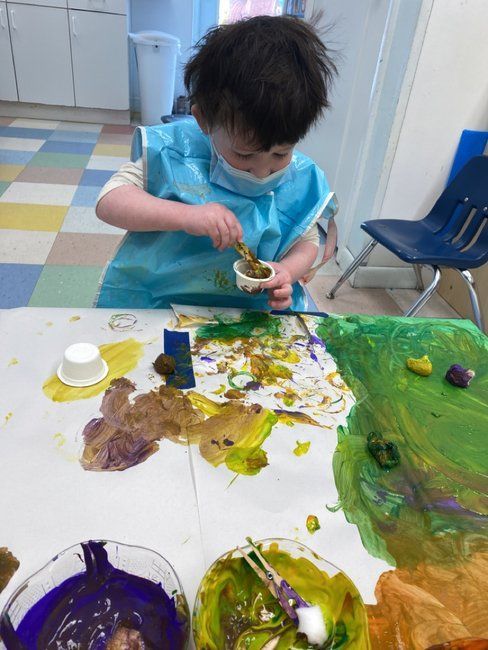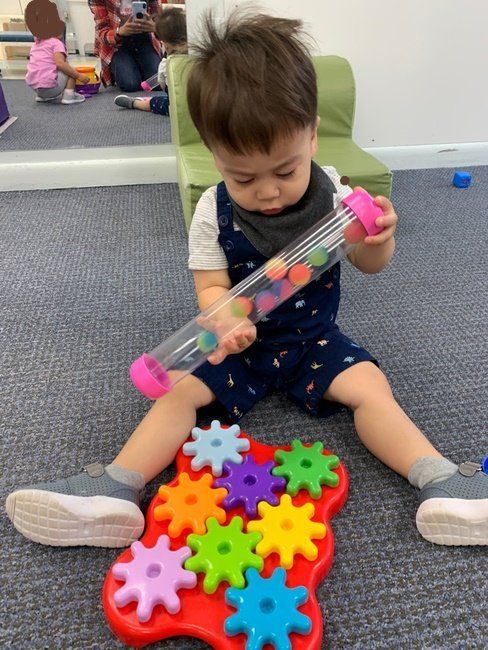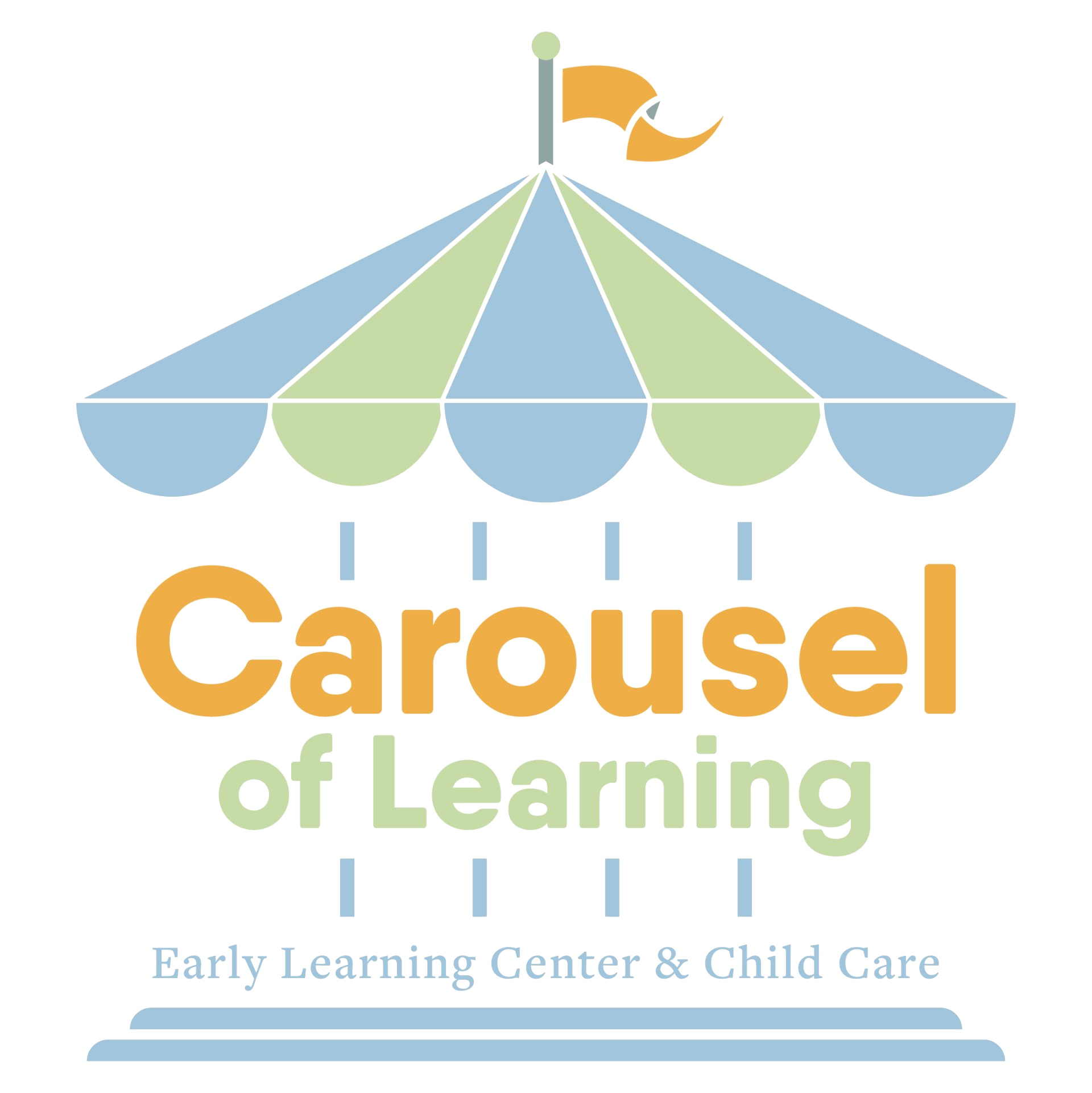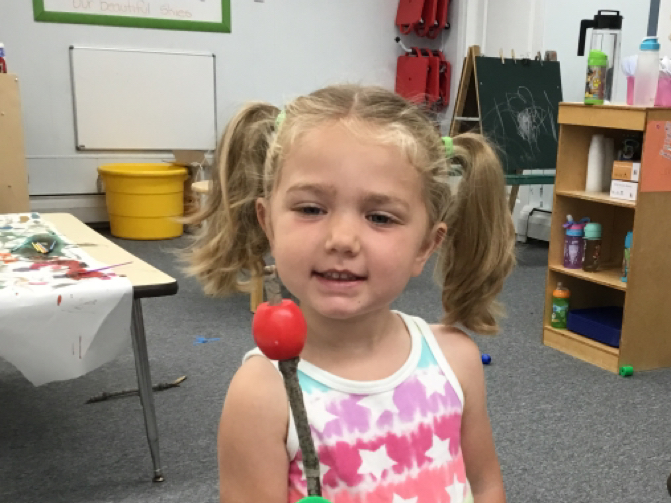Keeping the Promise
of Childhood
Art Appreciation & Talking to Your Child About Art

Art Appreciation & Talking to Your Child About Art
When children come to you with something they have created, please, PLEASE, never ask a child “What is that?”
Rather “Tell me about this!” and allow children to speak freely and in detail about what they are doing, seeing, and feeling. Viewing famous works of art and techniques; talking about details they see, discussing color, line, shape, and texture; observing how they and others are using tools and materials; reflecting on their own pieces and works of their classmates... are just a few examples of what will be part of our new approaches to art.
Creating opportunities like this for oral language development are often overlooked in early education programs. Oral language skills form the foundation of literacy and academic success. A solid foundation of oral language helps children become successful readers, strong communicators, as well as increases their confidence and overall sense of well-being.
In addition to gaining all the benefits of early childhood art experiences such as fostering creativity, problem solving, observation of details, and fine motor skill development, we will move children away from seeking external praise and guide them toward more internal reflection. When offering praise, instead of saying "Great job!", teachers and parents should be specific and genuine in their commentary, highlighting the process: "I love how you used so many colors and filled the page with them!" Of course, sometimes we just might say "It's beautiful!" because we really mean it!!
This is a great post with an informative video. Please be sure to scroll down to the end of the post; you don't want to miss it! https://jentaylorplaytherapy.com/what-to-say-and-what-not-to-say-about-your-childs-artwork/

Contact Information
244 Kingston Rd Parsippany, NJ 07054
Business Hours
- Mon - Fri
- -
- Sat - Sun
- Closed





